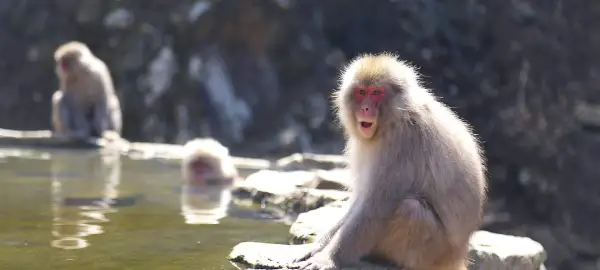Tourcode: JP6
- Overview
- Info & Inclusions
- Itinerary
- Map & Hotels
- Photos
- Dates & Prices
- Max Group Size 18
- Immerse yourself in Japanese culture and society
- Visit major sites and monuments and special places out of the way
- Ryokan and temple stays
- Strong culinary aspect - fun and educational cooking class
- Travel via famed Bullet Train
- Singles friendly (view options for single travellers)
From Tokyo's modern metropolitan energy through the sacred Tohoku mountains to Kyoto's thousand-year accumulation of cultural refinement, this journey emphasizes intimate encounters with traditional practices—temple lodging, hands-on culinary workshops, and rural landscapes where centuries-old customs persist. A major highlight is the Tohoku alpine region, Japan's spiritual heartland steeped in mountain worship and Buddhist contemplation—featuring Mount Haguro's sacred Shugendo pilgrimage site with its towering ancient cedars and spartan shukubo temple accommodation, Yamadera's cliff-clinging temple complex immortalized by poet Basho, and Matsushima Bay's archipelago of pine-covered islands celebrated for four centuries as one of Japan's three most scenic views.
We explore Kanazawa's remarkably preserved Edo-period samurai district and world-class Kenroku-en garden, venture into UNESCO-protected Shirakawa-go where massive gassho-zukuri farmhouses survive from the 18th century, and discover Nagano's Japanese macaques soaking in volcanic hot springs alongside Hokusai's final artistic achievements in historic Obuse.
Traditional ryokan hospitality, hands-on sushi preparation in Tokyo's fish markets, and sake brewery visits connect us directly with Japanese culinary artistry.The tour concludes in Kyoto with Zen temple gardens, vermillion torii gate tunnels at Fushimi Inari, and a maiko performance representing centuries of refined aesthetic traditions, offering a richly immersive and culturally transformative Japanese experience.
- Full-time Tour Leader services plus local guide support at several locations.
- Hotel breakfast and most dinners (mostly at local restaurants) are included daily.
- All transport, accommodation, sightseeing and entrance fees for sites noted as 'visited' in the detailed itinerary.
- We include luggage forwarding services on two train journeys (as per the tour itinerary)
- This service may be available elsewhere with your Tour Leader's assistance (payment can be made locally).
- Gratuities for restaurant staff, porters (when available), drivers, local guides.
- Services of a full-time Adventures Abroad Tour Leader
- Local guides at various locations.
- International airfare to/from the tour.
- Tour Leader gratuities, lunches, drinks, personal items (phone, laundry, etc), international (if applicable) air taxes, and any excursions referenced as 'optional'.
- Optional trip cancellation insurance (please refer to "Resources" tab for more info).
- PLEASE NOTE that at variance with our common policy on airport transfers for most tour arrival points, we do NOT include or pre-book arrival airport transfers in Tokyo, regardless of whether or not you book your air with us. We provide detailed information on your various options as part of your pre-trip information package.
- Seasonality and Weather:
Our spring departures are set to coincide with Japan's cherry blossom season, though exact bloom timing varies by location and weather conditions. This period offers comfortable traveling weather before summer heat arrives, with particularly beautiful displays possible in Tokyo's parks, Matsushima Bay's coastal landscapes, and Kyoto's temple grounds.
Our autumn departures hope to capture Japan's celebrated fall foliage season, with brilliant colours illuminating the Tohoku region's mountain temples, Shirakawa-go's rural valleys, and Kyoto's historic gardens. This season also features traditional chrysanthemum displays and cultural festivals, with cooler, drier conditions ideal for mountain walking and extensive outdoor exploration. Rain likelihood decreases as autumn progresses, making our later October dates particularly favourable for walking and photography. - Transport and Travel Conditions:
We rate this tour activity level '2' (for details please click on the 'About Us' -> 'Tour Styles'), though past travellers have indicated that the trip could qualify as a '2.5' (we reserve the '3' rating for our hiking tours) owing to its overall ambitious nature, our full days, and walking tours of towns/cities and sites, some of which are large. One very important consideration is the multiple train journeys on which one must be 100% independent with one's luggage. Japanese train stations are large and, though most feature escalators/elevators, one must be prepared to board/disembark trains with luggage, which you will also have to store on board. To make this easier, when possible, we send our larger bags ahead via overnight delivery (you will need to pack an overnight bag - these occasions are listed in the full tour itinerary).
We will also have short walks to and from dinners, some of which will be traditional Japanese settings that may require that you remove your shoes. There are also several visits—mostly temples/shrines—that also require that visitors remove their shoes. Our optional temple hike (2,500 steps!) at Mount Haguro is at a leisurely pace, and a vehicular option is available. Our visit to the snow monkey park involves an easy, pleasantly forested +/- 30 min walk (each way - slight incline).
Hotels all feature elevators and porters are available to assist with luggage to/from rooms.
A word on dining n Japan: Experiencing Japanese cuisine is an essential part of our journey. Most dinners are pre-arranged to showcase regional specialties, with seafood (both cooked and raw) featuring prominently as a cornerstone of Japanese food culture. We accommodate major medical dietary restrictions whenever possible, but avoiding seafood entirely can limit options, especially in traditional or remote settings. Our dinners are typically set courses prepared fresh based on advance reservations, making last-minute substitutions difficult or impossible for preferences or dislikes.
Please note that strict vegetarian/vegan/gluten-free diets, or those avoiding seafood entirely, may face significant challenges on this tour. We aim to provide an authentic culinary experience for everyone and appreciate your flexibility and adventurous spirit as we explore Japan through both its sights and its unique food traditions.
Most hotel breakfasts offer both Western and Japanese options, though our ryokan and temple stays will be primarily Japanese.
Am I suitable for this tour? Please refer to our self-assessment form - Activity Level: 2
These are particularly busy tours that feature a lot of moving around, sometimes by train and short journeys on local transport. Walking tours of towns and cities are leisurely but you should be prepared to be on your feet for several hours. Some of our cultural trips that occur at high altitude and/or require greater independence with baggage handling (at hotels, airports, train stations) also fall into this category.
To learn more about the Activity levels, please visit our tour styles page. - Accommodation:
Our accommodation choices on this trip are extremely varied, and range from 3/4-star modern, international standard properties with en suite bath, to smaller, simpler lodging in smaller towns, and a one night stay in temple-style accommodation which is typically spartan, but comfortable and scrupulously clean. For this one night, your bed will come in the form of a futon which will be prepared for you on the floor during dinner. For this one night, private bath and toilet facilities will be shared (genders separated). Our 'ryokan' stay (Matsushima) features private bath/toilet in-room and Japanese style and decor but with Western beds.
Single rooms are limited in number and likely smaller than twins. Please note that hotel rooms in Japan in general, especially in major cities, tend to be quite small.
For full details on all hotels, please click the "Map & Hotels" tab on this page (please note that the hotels shown are meant as samples only and may not necessarily be confirmed for your chosen departure). - Staff and Support:
You will have a full-time Tour Leader managing all aspects of the trip from start to finish, and local guides who will join us in numerous locations. - Group Size:
Maximum 18 (plus Tour Leader)
- Day 1:Arrival in TokyoThe neon pulse of Tokyo greets us as we arrive in Japan's sprawling capital, a city where ancient temples nestle between gleaming skyscrapers and tradition flows seamlessly into innovation.
Tokyo's story begins as humble Edo, a small castle town that transformed into Japan's political heart when Tokugawa Ieyasu established his feudal government here in 1603. Within decades, Edo had become one of the world's most populous cities—a testament to Japan's remarkable capacity for transformation.
Modern Tokyo presents a mind-boggling amalgam of the traditional and hyper-modern, where salarimen in precise suits bow respectfully at Shinto shrines during their lunch breaks. This duality defines our entire Japanese journey: we'll witness how a nation has preserved its cultural soul while embracing technological revolution.
The evening offers our first taste of Japanese hospitality and cuisine, setting the stage for deeper cultural discoveries ahead.
PLEASE NOTE: Due to Japan Rail procedures related to your passes used for the tour, it is important that you arrive no later than "Day 1", the published start date of your tour.
Overnight in Tokyo.
Included Meal(s): Dinner, if required - Day 2:Tokyo: City TouringMorning breaks over a city of 14 million souls, and we begin exploring Tokyo's remarkable layers—from sacred forests to imperial gardens, from traditional department store rituals to the world's finest collection of Japanese art.
Our first sanctuary is Meiji Shrine, where passage through the massive torii gate transports us from urban chaos into tranquil forest. The 100,000 trees surrounding this sacred space were donated from across Japan during the shrine's construction—a living symbol of national unity. Here, the city's roar gives way to whispered prayers and the rustle of ancient leaves.
We continue to the East Gardens of the Imperial Palace, built upon the foundations of Edo-jo Castle. For 265 years, this impregnable fortress housed the Tokugawa Shogunate behind walls thick enough for six samurai to walk abreast. Though Allied bombing destroyed the original structures, the site retains its regal dignity. We'll enjoy our picnic lunch surrounded by meticulously maintained gardens that once witnessed the rise and fall of shoguns.
At one of Tokyo's venerable department stores—evolved from Edo-period kimono shops—we witness Japan's sophisticated gift-giving culture. These rituals trace back to pilgrimages when fortunate travellers brought omiyage (souvenirs) home to their villages. Today's elaborate presentations reflect social hierarchies where the ceremony matters more than the gift itself.
Our day culminates at the National Museum in Ueno Park, housing Japan's finest artistic treasures—scroll paintings, samurai armour, and delicate ceramics that whisper stories of emperors and artisans across millennia.
Overnight in Tokyo.
Included Meal(s): Breakfast and Dinner - Day 3:Tokyo: Sushi Making ClassThis morning we take a fascinating dive into Japanese seafood cuisine during a 3-hour combination walking tour of a local fishmarket and cooking class, where we can learn to prepare traditional style 'washoku' food items like sushi and a Japanese omelette.
We meet up with our guide in front of Tsukiji Honganji Temple, located just outside the market. Then we step inside this temple to all things seafood for an in-depth shopping session including some time for photography and exploration. As you wander the aisles of this colourful and chaotic market, you’ll observe everything from sea urchins to octopus arranged for sale.
We'll then proceed with our guide to the gourmet cooking studio of one of Asia's largest culinary schools, boasting more than 150 studios throughout the region. Following the instruction of an experienced cooking teacher, we'll learn to prepare two 'washoku' recipes, a style of Japanese cuisine emphasizing traditional and homemade techniques. This typically includes a sushi roll along with a Japanese style omelette called Tamagoyaki, plus side dishes. This will be an excellent and fun introduction to Japanese cuisine, definitely a highlight of any trip to Japan.
We finish our session by digging into our tasty creations for lunch accompanied by drinks. We'll leave with full stomachs and a new-found appreciation for the wondrous world of Japanese cuisine and its top-notch ingredients.
Because of our late/filling lunch and full day tomorrow, and because you may be planning an evening activity before we leave Tokyo, we will leave dinner on your own account tonight. Your Tour Leader can help you plan.
Tomorrow our large luggage is transported to Nagano for us -- please pack an OVERNIGHT BAG for TWO NIGHTS. Your Tour Leader will advise in advance re recommended items to have with you for the next two days.
Overnight in Tokyo.
Included Meal(s): Breakfast and Lunch - Day 4:Tokyo - Bullet Train to Yamagata - Mt Haguro & Sanjin Gosai-denToday we travel to Yamagata on Japan's exciting and super-efficient Shinkansen "bullet train" (about 2.5 hours).* Yamagata is a large prefecture along the Sea of Japan coast in the southern Tohoku Region. The area is known for its agricultural products (especially cherries - in season), hot springs, rural flair, and natural beauty. On arrival we travel by private coach to Mt Haguro.
The first few days of our trip are weighted toward matters spiritual, with temple and shrine visits and an immersion in Japan's venerable culture and traditions. With this in mind, we'll visit Sanjin Gosai-den, the largest wooden building with a thatched roof in Japan. The present structure is from 1818 but its history reaches much further back in time. Looking at the impressive over two meter thick thatched roof, you don’t want to image the amount of labour that goes into repairing it.
We continue to the vicinity of Mt. Haguro. People have been drawn to this spot because of its solemn atmosphere and the 1,400 year history since the founding of the shrine. Mount Haguro is considered sacred by followers of Japan's Shinto religion and of Shugendo, an ancient Japanese tradition of mountain worship whose practitioners are commonly known as Yamabushi ("those who lie in the mountains"). Taking their faith very seriously, they come every year on a pilgrimage to worship their deities.
On top of Mount Haguro there are a number of temples and shrines, although this is said to be a shrine complex. It just shows that Buddhism and Shinto were entwined before the two religions were forcefully separated in Japan's Meiji Restoration, the events restored imperial rule to Japan in 1868 and that heralded the begin of a new era in Japan.
There is a trail leading to the top of the mountain; however, it is common for visitors to be limited to walking only one way (down) in order to relieve congestion, which means that we will likely travel to the top by road and then offer the option to either walk or ride back down. Your Tour Leader will provide details prior to arrival so you can consider your options; however, we can advise that the trail is well-surfaced with 2,446 shallow steps and should take just over an hour to descend.
We will see the centuries-old wooden pagoda and a nearby cedar tree that is said to be 1,400 years old -- there were once two of them and they were thought of as a "couple" but one was sadly destroyed by lighting). The remaining ancient cedar stands proud amongst its younger cousins that are "only" a few hundred years old. Walking in a forest of huge ancient cedars definitely makes one feel humble and small.
Apropos of the nature of our surroundings, our night's 'Shukubo' temple accommodation reflects the solemnity of this special place. Originally the lodgings for the Buddhist monks, the story goes that Shukubo became available for ordinary pilgrims around 1,200 years ago during the Heian Period. From that time, there seemed to be Shukubo that was managed by persons other than Buddhist monks. About 400 years ago, when it became the Edo period, Shukubo became even more popular. Guests are encouraged to take part in temple activities and to learn about traditional temple life. Accommodations are spartan, but comfortable and atmospheric -- truly an unforgetable and quitessentially Japanese experience.
* This morning our large luggage will be sent ahead to Nagano for us (included). We will have the bus for the day after we arrive in Yamagata, so your day bags can be left on board during our day's activities prior to arriving at our hotel later today.
Overnight at Mt Haguro.
Included Meal(s): Breakfast and Dinner - Day 5:Mt Haguro & Yamadera Temple - MatsushimaMorning prayers and temple bells awaken us to another dimension of Japanese spirituality as we ascend to Yamadera Temple, where Japan's most celebrated poet found eternal inspiration.
Yamadera—literally "mountain temple"—clings dramatically to steep mountainsides, its wooden halls seeming to grow from living rock. Founded in 860 CE as a Tendai sect temple, this sacred complex gained immortality when wandering poet Basho Matsuo visited in 1689, crafting a haiku that captures the profound silence: "How still it is here / Stinging into the stones / The locusts' trill."
Climbing the stone steps, we understand Basho's awe. Each ascending level reveals new perspectives across valleys where autumn colours (if we're fortunate) paint the landscape in brilliant reds and golds. The temple's strategic mountain placement reflects Buddhist cosmology—physical ascent mirrors spiritual elevation.
Our afternoon journey leads to Matsushima Bay, celebrated for over 400 years as one of Japan's three most scenic views. Over 200 pine-covered islands dot the bay like scattered emeralds, creating a seascape so beautiful it inspired countless artists and poets.
Tonight we experience ryokan hospitality at its finest—traditional inns that transform accommodation into cultural immersion. Our deluxe ryokan features tatami floors, futon beds, and onsen hot spring baths fed by mineral-rich volcanic springs. The evening's kaiseki dinner presents seasonal ingredients arranged with artistic precision, each course reflecting nature's rhythms.
Overnight at Matsushima.
Included Meal(s): Breakfast and Dinner - Day 6:Matsushima Bay - Sendai - Train to NaganoMorning mist rises from Matsushima Bay as we embark on a scenic cruise through this archipelago of dreams, where every island tells stories of geological patience and natural artistry. From our boat, we appreciate the bay's true majesty—pine trees twisted by centuries of sea winds, rocky shores carved by tidal persistence, and the interplay of light and water that changes moment by moment. These islands formed through volcanic activity and erosion over millions of years, creating a landscape that seems designed for contemplation.
Zuiganji Temple, our next destination, ranks among Tohoku Region's most prominent Zen temples. Founded in 828 CE, the current structures showcase the wealth and artistic sophistication of the Date clan, who ruled this region for centuries. The temple's gilded fusuma (sliding doors) gleam with intricate paintings depicting natural scenes—cranes, pine branches, and seasonal flowers that blur the boundaries between architecture and art.
Approaching the main hall, we walk beneath towering cedar trees that have witnessed over a millennium of prayers and ceremonies. Side caves once provided meditation retreats for monks seeking enlightenment through isolation and contemplation.
Our Shinkansen journey to Nagano (3.5 hours) carries us toward the Japanese Alps, where 1998 Winter Olympics facilities remind us of this mountain city's modern prominence. However, Nagano's deeper fame rests on its historical role as a ninja training centre—shadow warriors who mastered mountain warfare and espionage.
* We will be reunited with our large luggage today upon arrival.
Overnight in Nagano.
Included Meal(s): Breakfast and Dinner - Day 7:Nagano: Monkey Park, Obuse & Zenkoji TempleSteam rises from natural hot springs as we venture into Jigokudani Valley—literally "Hell's Valley"—where Japanese macaques have discovered the secret to surviving harsh mountain winters: therapeutic soaking in mineral-rich thermal pools.
Our 30-minute forest walk through Jigokudani Snow Monkey Park takes us into the natural habitat of these remarkable primates. While monkey appearances aren't guaranteed (they typically bathe only in cold weather), the forested valley walk rewards us with autumn colours and pristine mountain air. These intelligent creatures adapted to Japan's harsh winters by developing unique bathing behaviours—a cultural evolution that mirrors human innovation.
In charming Obuse, we discover where Japan's most famous artist spent his final creative years. Hokusai, master of ukiyo-e woodblock printing and creator of "The Great Wave off Kanagawa," found patronage here with wealthy merchant Takai Kozan. The Hokusai Museum preserves works from this prolific period, including festival floats decorated with the artist's dynamic ceiling paintings.
Obuse's other treasure is chestnuts—locally grown varieties transformed into confections that have delighted visitors for generations. Traditional sweet shops line the historic streets, their recipes passed down through family generations.
Zenkoji Temple, founded in 642 CE, anchored Nagano City's development as a temple town. This remarkably inclusive Buddhist temple welcomes all denominations and both men and women—unusual for its era. The temple houses Japan's first Buddhist statue, though it remains hidden from public view, adding mystery to our visit.
Overnight in Nagano.
Included Meal(s): Breakfast and Dinner - Day 8:Nagano: Matsumoto & Wasabi FarmBlack walls and elegant curves pierce the sky as we approach Matsumoto Castle—Japan's oldest original castle and a masterpiece of military architecture that survived wars, earthquakes, and the passage of centuries.
Matsumoto Castle represents a "hirajiro"—a flatland fortress rather than a mountain stronghold. Built during Japan's tumultuous Sengoku period (1467-1615), its unique design includes both a secondary donjon and turret adjoining the main keep. The distinctive black lacquered walls earned it the nickname "Crow Castle," creating dramatic silhouettes against the Japanese Alps backdrop.
Climbing the castle's steep interior staircases (shoes removed, as tradition demands), we discover defensive innovations: hidden weapon caches, concealed staircases, and strategic openings for archers. Each floor reveals medieval ingenuity designed to repel invaders while housing noble families in relative comfort.
Our afternoon journey to Daio Wasabi Farm reveals an entirely different Japanese mastery—the cultivation of the world's most demanding spice. Wasabi requires pristine conditions: crystal-clear spring water flowing constantly at exactly 8-18°C (46-64°F), specific mineral content, and filtered sunlight. These extensive fields, fed by Northern Alps snowmelt, represent generations of agricultural expertise. The farm's wooden water wheels, constructed for Akira Kurosawa's film "Dreams" (1989), remain as picturesque tributes to traditional water management. Tasting fresh wasabi—dramatically different from the common horseradish substitute—reveals subtle heat and complex flavours that complement rather than overwhelm.
A shop sells a dizzying array of wasabi products to take home with you -- be sure not to miss the video presentation about the farm (if you can't find it ask the staff as it doesn't really jump out at you!).
* We will have time to visit the castle's interior, though please be aware that to climb up into the castle involves removing your shoes and staircases that are very steep.
Overnight in Nagano.
Included Meal(s): Breakfast and Dinner - Day 9:Nagano - Train to Kanazawa: City TouringThe Shinkansen carries us swiftly (70 minutes) toward Kanazawa, * where Japan's second most powerful feudal clan created a cultural rival to Kyoto itself, preserving samurai districts and traditional arts that survived World War II's devastation.
During the Edo Period (1603-1868), the Maeda clan controlled vast rice-producing territories, generating wealth that funded extraordinary cultural achievements. Unlike many Japanese cities destroyed by Allied bombing, Kanazawa emerged from World War II remarkably intact—a living museum of feudal sophistication.
Our walking tour through the Nagamachi Samurai District transports us into this preserved world. Stone-flagged lanes wind between earthen walls topped with traditional tiles, while canals once carried fresh water to samurai residences. These narrow passages, designed for defence, now shelter us as we explore former warrior quarters.
The Nomura Residence showcases how samurai combined martial prowess with refined aesthetics. The house's traditional garden exemplifies Japanese landscape principles—carefully composed views that change with each season, stone arrangements suggesting mountains and rivers, and plant selections that provide year-round beauty.
Kenroku-en garden, opened to the public in 1871, represents the pinnacle of Japanese landscape design. Considered by many the most beautiful of Japan's "three great gardens," it demonstrates the six attributes of perfect garden design: spaciousness, seclusion, artifice, antiquity, water features, and panoramic views. Each pathway reveals new compositions—miniature landscapes that suggest vast natural scenes.
* This morning our large luggage will be sent ahead (included) to Kyoto for us (which is also a good thing due to the small size of hotel rooms in this city). Please pack a smaller bag for two nights -- we will be able to drop these bags at the hotel in Kanazawa before beginning our sightseeing.
Overnight in Kanazawa.
Included Meal(s): Breakfast and Dinner - Day 10:Kanazawa: Gokayama & Shirakawa VillagesMountain mist clings to thatched roofs as we journey into Shirakawa-go, a UNESCO World Heritage valley where traditional Japanese rural life continues within architectural marvels that have weathered nearly two centuries of mountain winters.
The gassho-zukuri farmhouses—literally "prayer hands construction"—take their name from roofs angled like hands pressed together in prayer. These massive wooden structures, some 3-4 storeys tall, were engineered for survival in one of Japan's snowiest regions. The steep thatched roofs shed heavy snow loads while creating interior space for silk cultivation and storage.
Many of these remarkable buildings date back 200 years, housing families who maintain traditional rural rhythms. We'll visit a preserved farmhouse where multigenerational families once raised silkworms on upper floors while living and farming on ground levels. The ingenuity extends to community cooperation—entire villages once collaborated on roof rethatching, a massive undertaking requiring hundreds of volunteers.
At the observation deck, we appreciate how these settlements nestle harmoniously within mountain valleys. The folk museum preserves traditional tools and techniques that sustained isolated communities through harsh winters. Neighbouring Gokayama presents similar architectural treasures on a smaller scale, demonstrating how design solutions evolved across different valleys.
Our paper-making experience connects us to another traditional craft—washi paper production using techniques refined over centuries. The process transforms mountain plants into paper prized for its durability and beauty. In Kanazawa's Higashi-Chaya District, we explore preserved teahouses where geisha entertained merchants and samurai. Gold leaf shops reflect the city's continuing mastery of traditional crafts.
Overnight in Kanazawa.
Included Meal(s): Breakfast and Dinner - Day 11:Kanazawa - Train to KyotoThe Thunderbird Limited Express (2 hours) carries us toward Kyoto,* the eternal heart of Japanese culture where 1,000 years of imperial patronage created an unrivalled concentration of temples, gardens, and traditional arts.
Kyoto's cultural magnetism draws Japan's finest craftsmen, artists, and spiritual masters. For a millennium, this city served as the imperial capital, fostering refinement that permeates every neighbourhood. Unlike Tokyo's commercial energy, Kyoto pulses with creative contemplation—in diminutive workshops along cobblestone alleys barely wider than footpaths, master artisans continue producing lacquerware, cloisonné, damascene work, kimono fabrics, pottery, porcelain, fans, dolls, and bamboo crafts using techniques unchanged for centuries.
American scholars' intervention during World War II spared Kyoto from bombing, preserving 1,600 temples, 200 Shinto shrines, three imperial palaces, and countless gardens. This miraculous survival means we'll witness authentic medieval Japan alongside modern urban life.
Our first immersion begins at Nishiki Food Market—a 400-year-old culinary corridor where specialty shops display Kyoto's legendary ingredients. The market's narrow passages buzz with locals selecting vegetables, pickles, sweets, and ceremonial foods with discriminating care that reflects the city's sophisticated palate.
The Gion District epitomizes Kyoto's refined entertainment culture. Originally developing around Gion Shrine to serve pilgrims, this area evolved into Japan's most famous geisha district as Kabuki theatre flourished. Today's ochaya (tea houses) maintain centuries-old traditions where geisha perform classical arts for appreciative audiences.
* OUR LUGGAGE will be waiting for us on arrival in Kyoto.
Overnight in Kyoto.
Included Meal(s): Breakfast and Dinner - Day 12:Kyoto: City TouringGolden reflections shimmer across mirror-like pond surfaces as we approach Kinkaku-ji—the Golden Pavilion—where architectural perfection merges with natural beauty to create Japan's most photographed landmark. Originally built as a retirement villa for Shogun Ashikaga Yoshimitsu in 1397, Kinkaku-ji exemplifies the refined aesthetics of Japan's golden age. The pavilion's upper floors gleam with genuine gold leaf, creating reflections that change with light and seasons. This extravagant display represented the shogun's power while demonstrating Japanese mastery of architectural harmony—buildings that enhance rather than dominate their natural settings.
At Ryoan-ji, we encounter Zen Buddhism's most famous expression: a raked gravel garden containing 15 strategically placed stones. Created around 1500, this seemingly simple composition embodies profound philosophical concepts. The garden's designer arranged stones so visitors can see only 14 from any single vantage point—the 15th remains hidden, representing the incomplete nature of human perception and the Buddhist teaching that enlightenment requires looking beyond obvious appearances.
Genko-an Temple offers a more intimate Zen experience through its famous windows. The square window represents human suffering—birth, aging, illness, and death—while the round "window of enlightenment" suggests transcendence of earthly concerns. The temple's ceiling bears a mysterious footprint, adding intrigue to contemplation.
Our tea ceremony experience introduces us to the Way of Tea—a ritual that transforms simple beverage preparation into spiritual practice. Every gesture carries meaning: the cleaning of utensils, the whisking of matcha, and the sharing of sweets all reflect Buddhist principles of mindfulness and gratitude.
Overnight in Kyoto.
Included Meal(s): Breakfast and Dinner - Day 13:Kyoto: City TouringThousands of vermillion torii gates create tunnels of sacred colour as we ascend Mount Inari, where Japan's most important rice deity receives devotion from millions of believers seeking prosperity and good fortune. Fushimi Inari Shrine's extraordinary pathway of 10,000 torii gates represents centuries of offerings from grateful worshippers. Each gate bears donors' names—individuals, families, and businesses expressing gratitude for answered prayers. The gates create mesmerising visual rhythms as we climb forest trails, their vermillion hue considered spiritually powerful and protective against evil.
Inari, the Shinto rice deity, evolved beyond agricultural concerns to encompass all forms of prosperity. Foxes serve as Inari's messengers, their stone statues guarding shrine grounds with offerings of rice and sake placed before them. The 233-metre (764-foot) mountain belongs entirely to shrine grounds, creating a sacred landscape within urban Kyoto.
At a traditional sake brewery, we discover how Japan's national beverage emerged from rice cultivation and spiritual ritual. Sake brewing requires precise timing, temperature control, and koji mould cultivation—skills refined over 2,000 years. Master brewers achieve distinction through generations of experience, their products ranging from crisp and clean to rich and complex. Our tasting session reveals sake's remarkable diversity—different rice varieties, brewing techniques, and aging processes create unique flavour profiles. Learning to appreciate sake's subtleties connects us to centuries of Japanese hospitality and celebration.
Balance of the day at leisure
Our farewell dinner features a Maiko dance performance—young women training in traditional arts who represent Kyoto's cultural preservation. Their elegant movements, elaborate kimono, and classical music transport us to imperial courts where such refinement defined Japanese aesthetics.
Overnight in Kyoto.
Included Meal(s): Breakfast and Dinner - Day 14:DepartureDeparture from Kyoto.
DEPARTURE from Kyoto, which is served by Osaka's Itami Airport (for domestic flights connecting elsewhere in Japan before heading overseas), and Kansai Airport for international flights departing Osaka.
ITTE IRASSHAI!!
Included Meal(s): Breakfast
Countries Visited: Japan
*The red tour trail on the map does not represent the actual travel path.
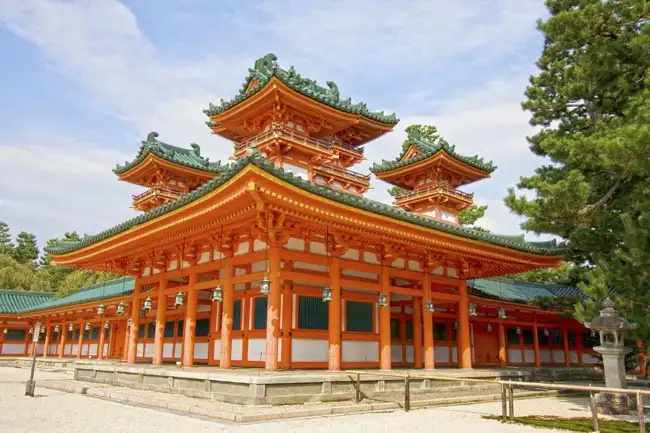
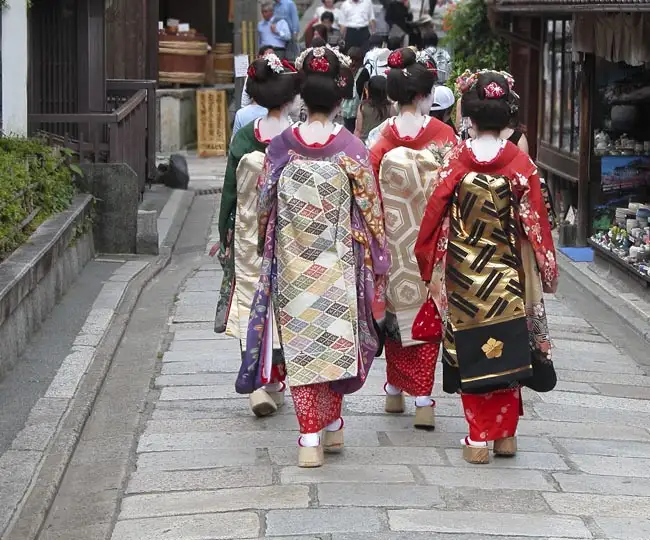
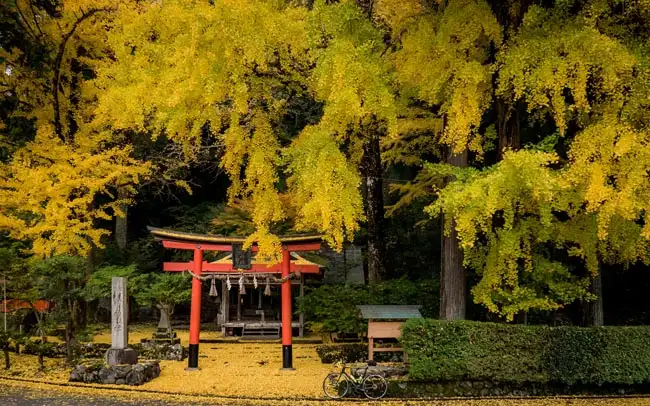

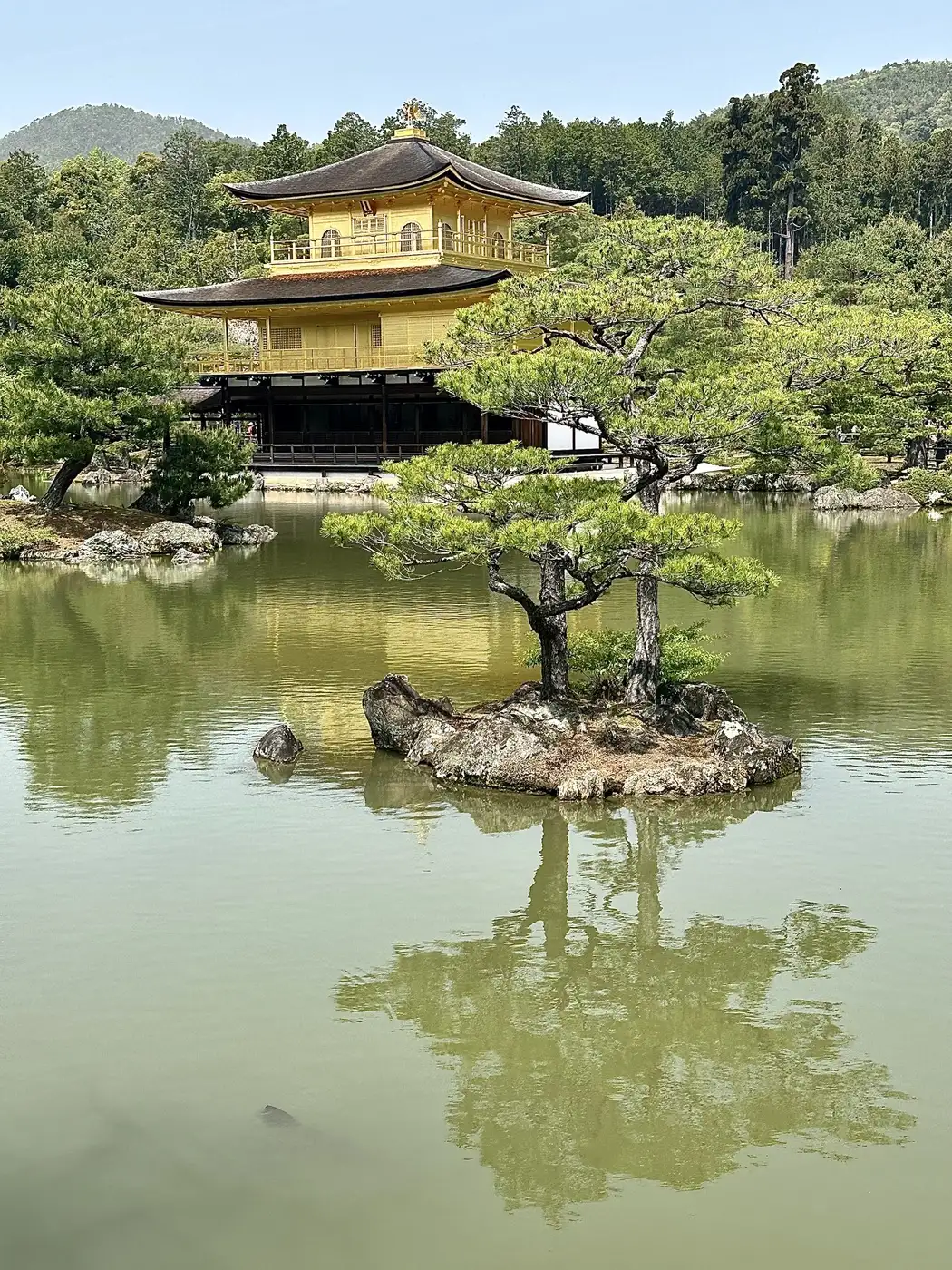
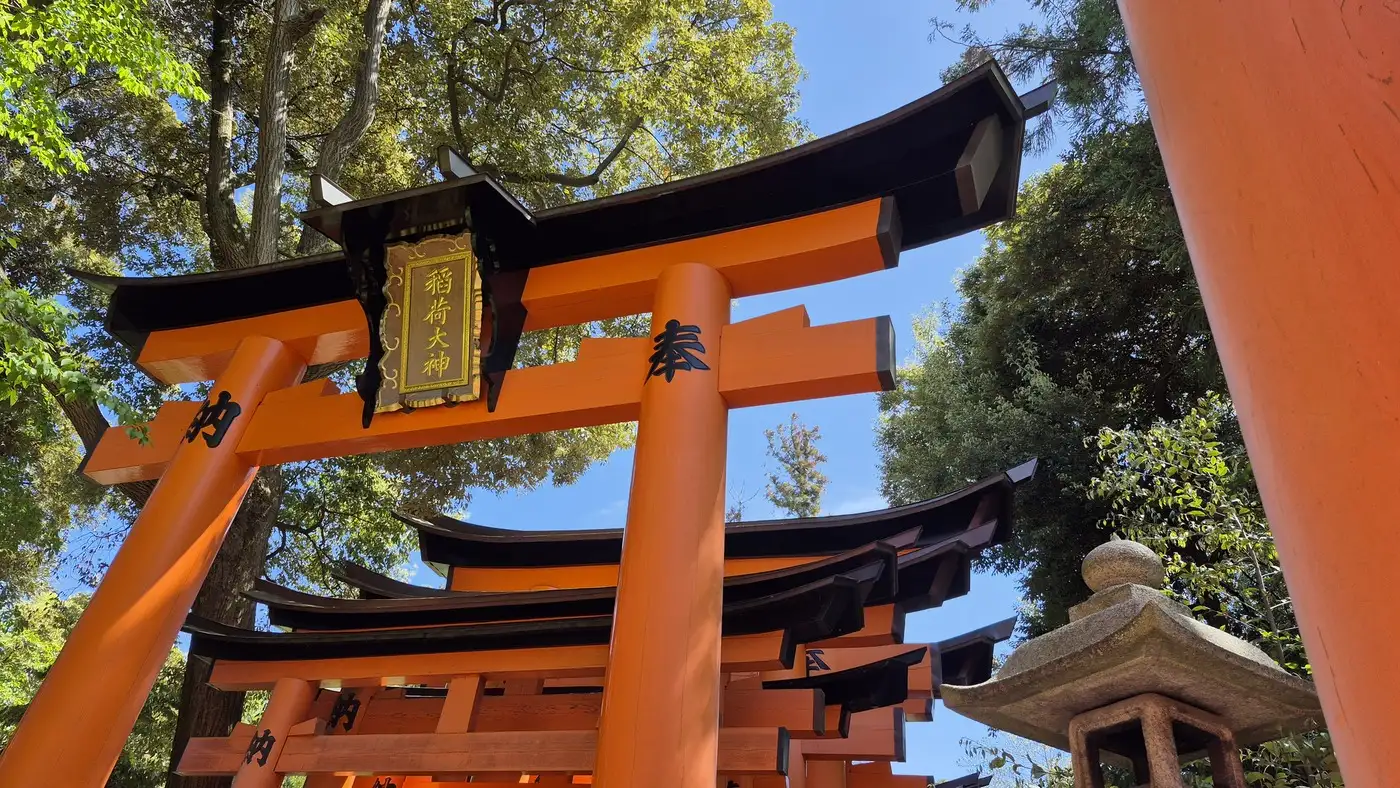


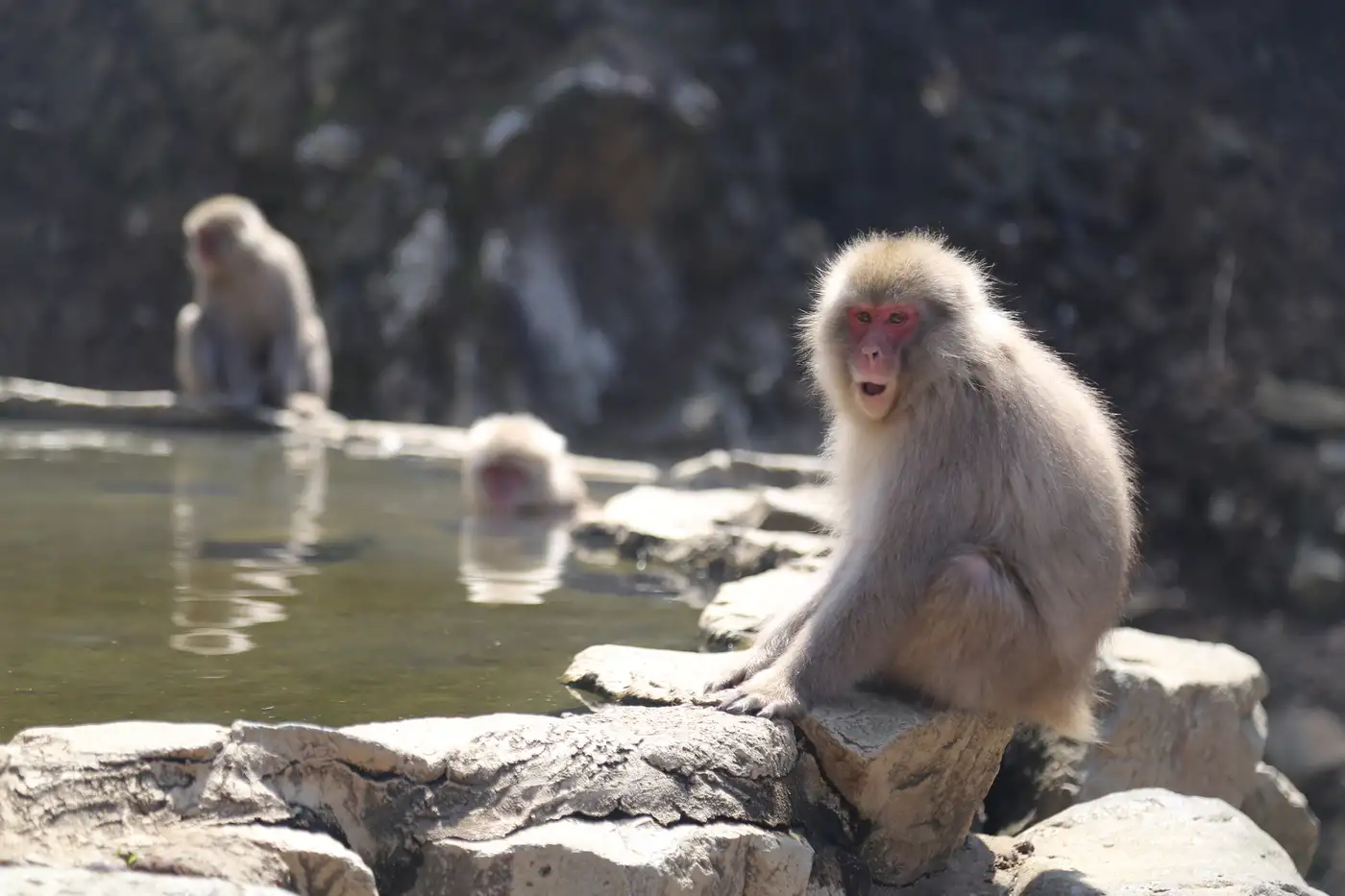
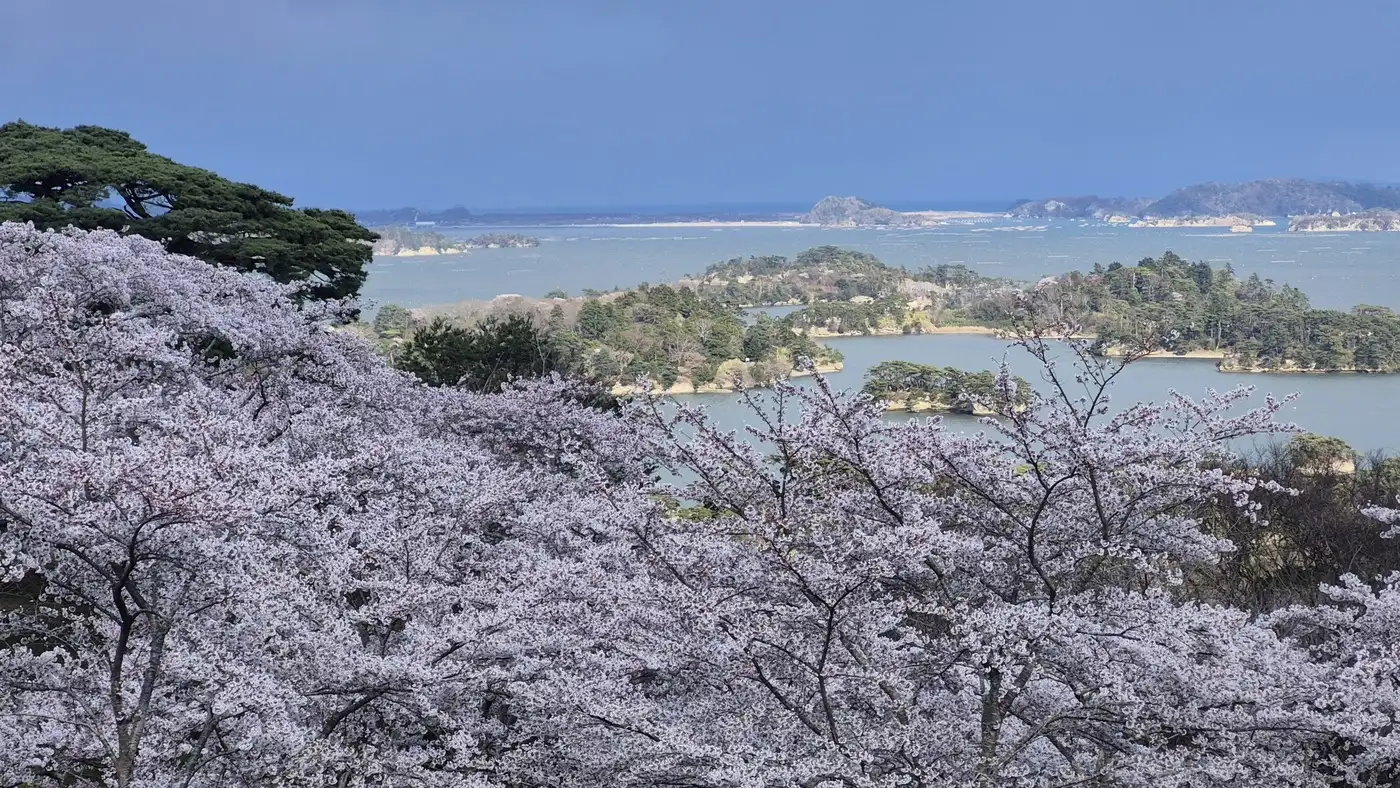
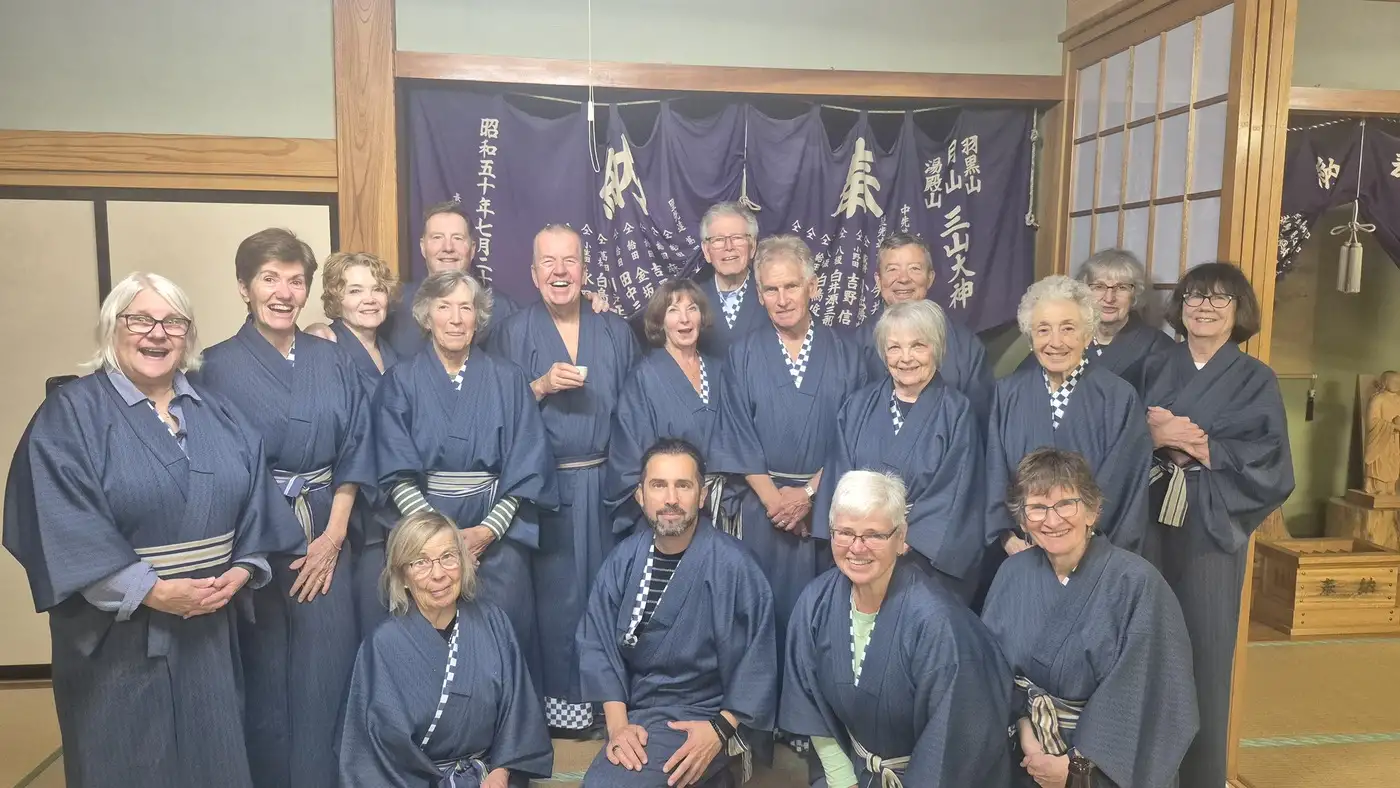
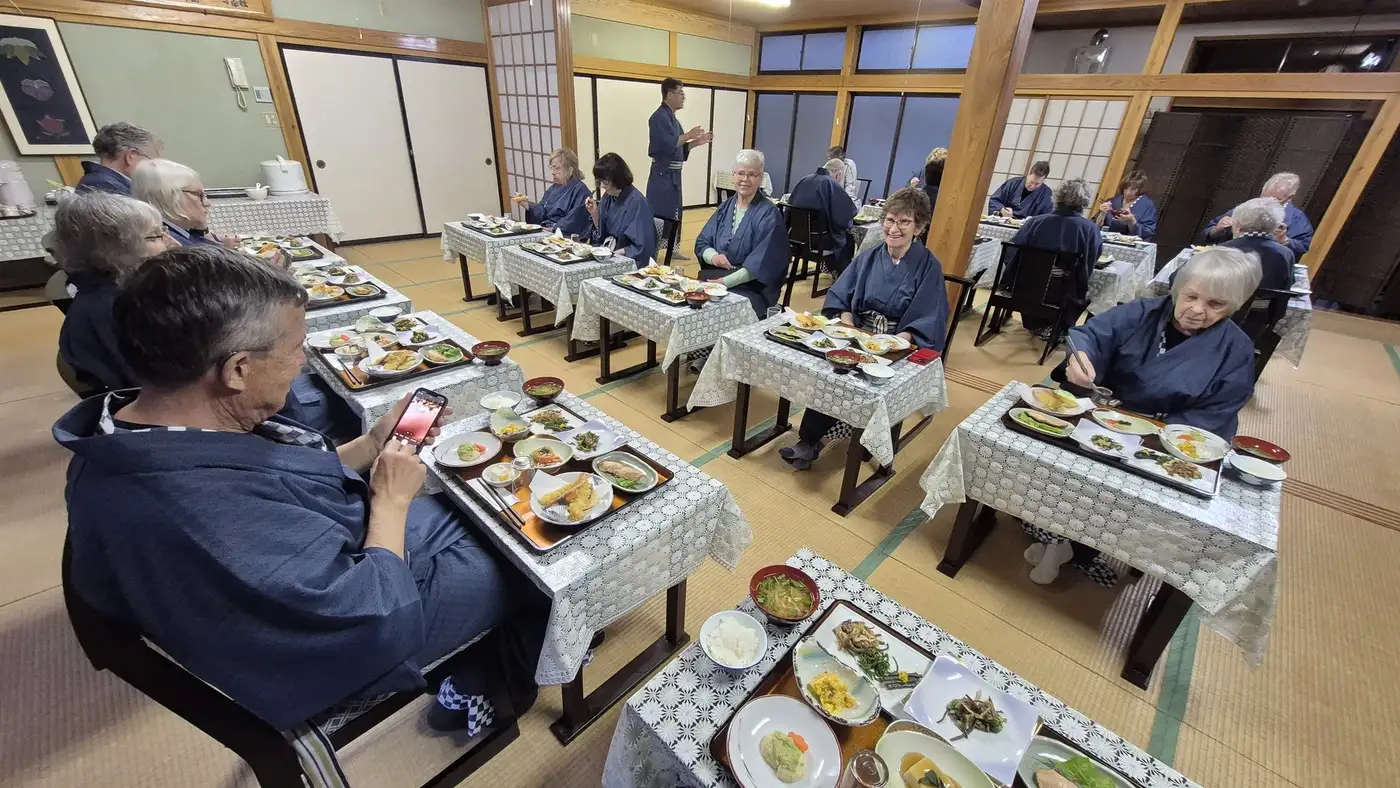
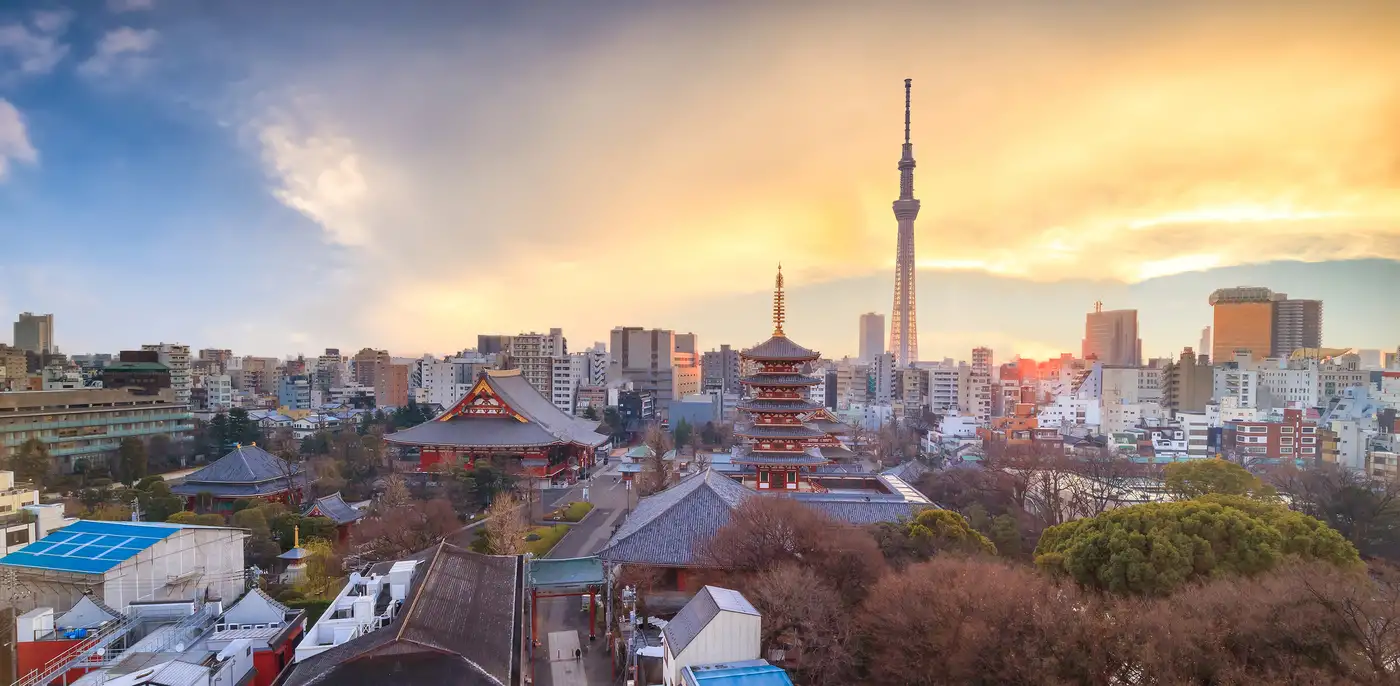

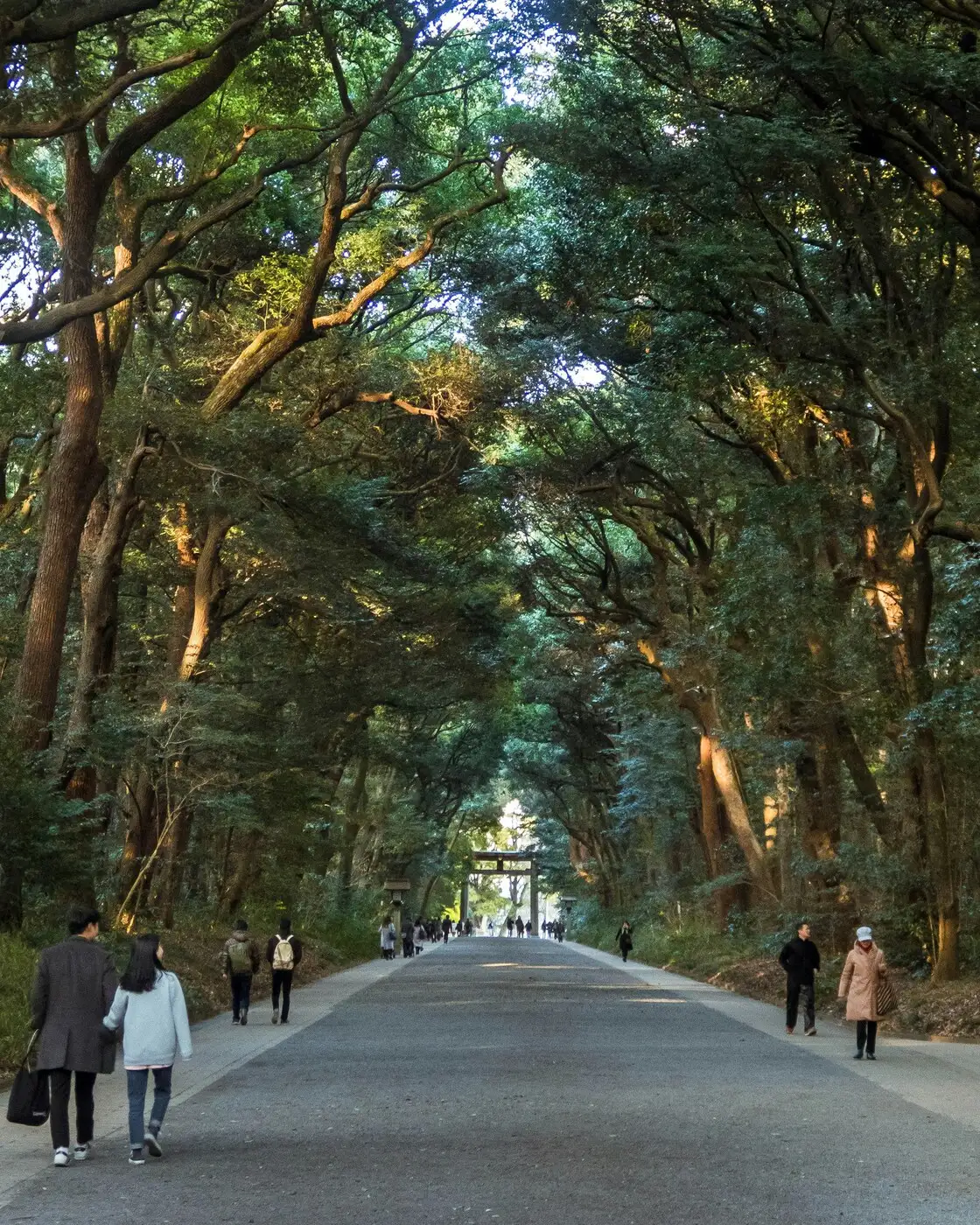
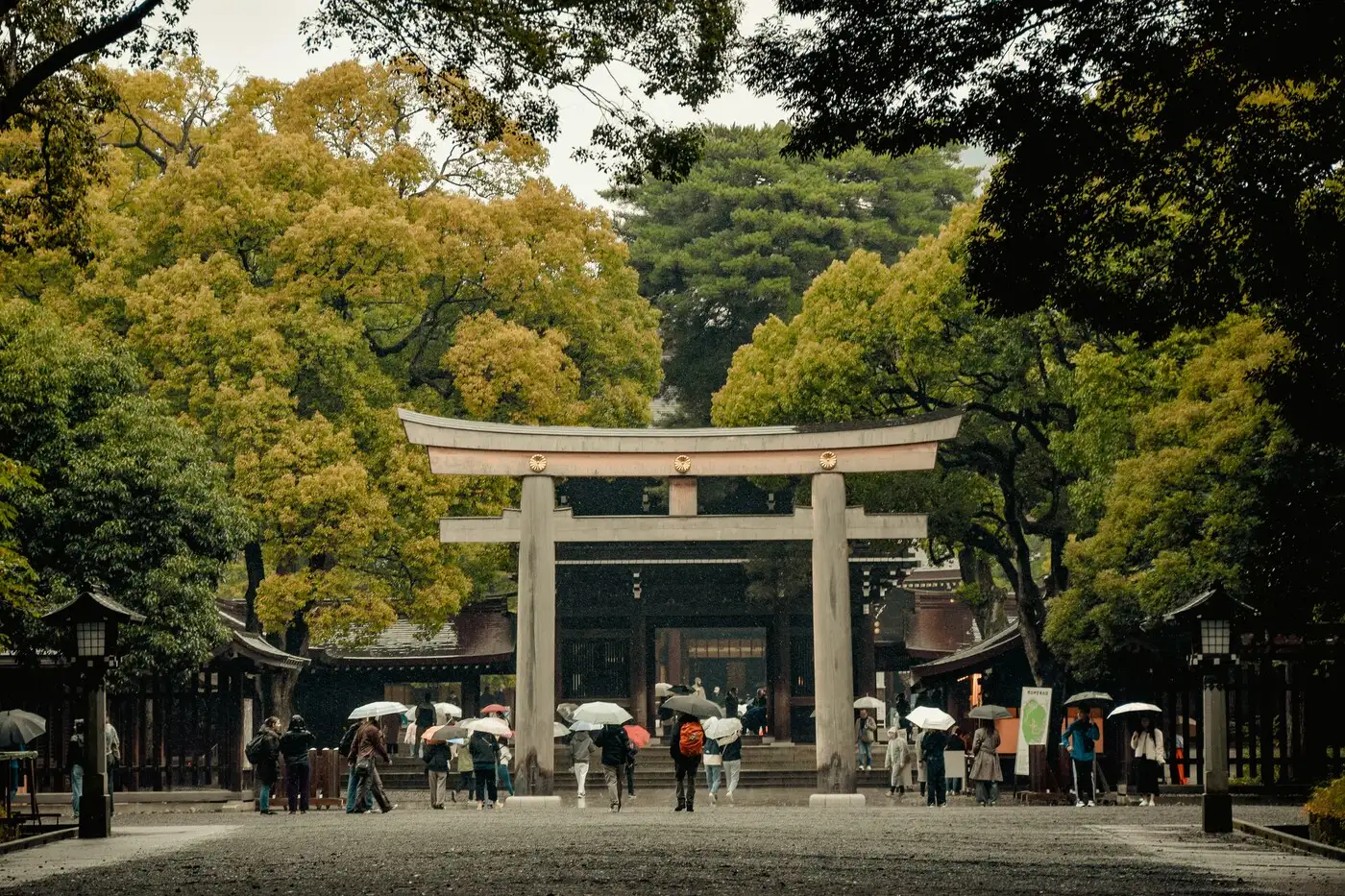
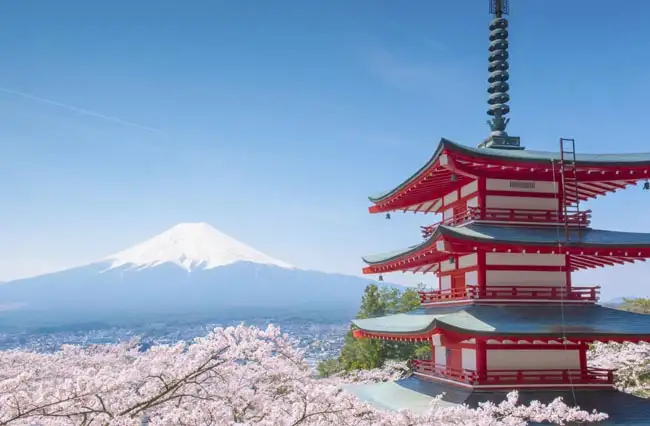
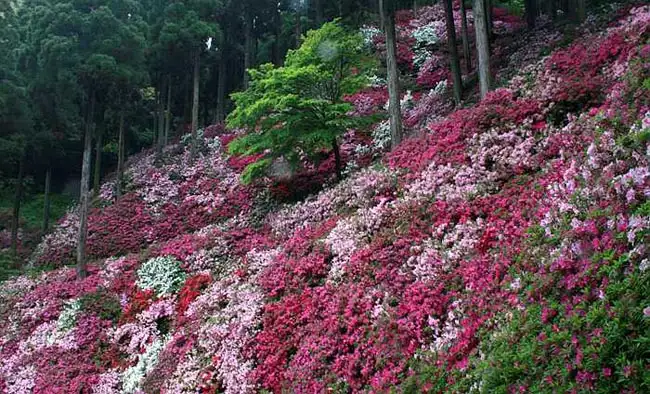
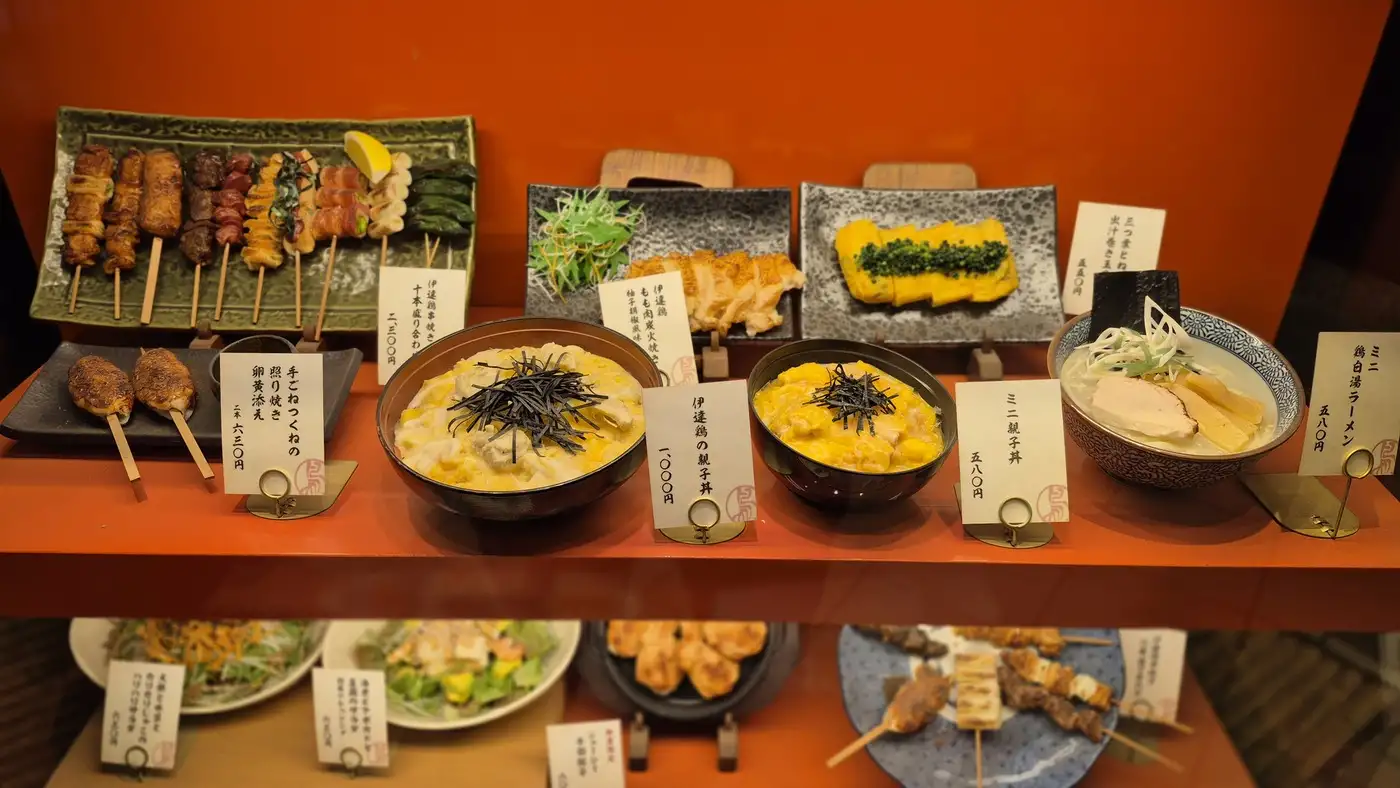
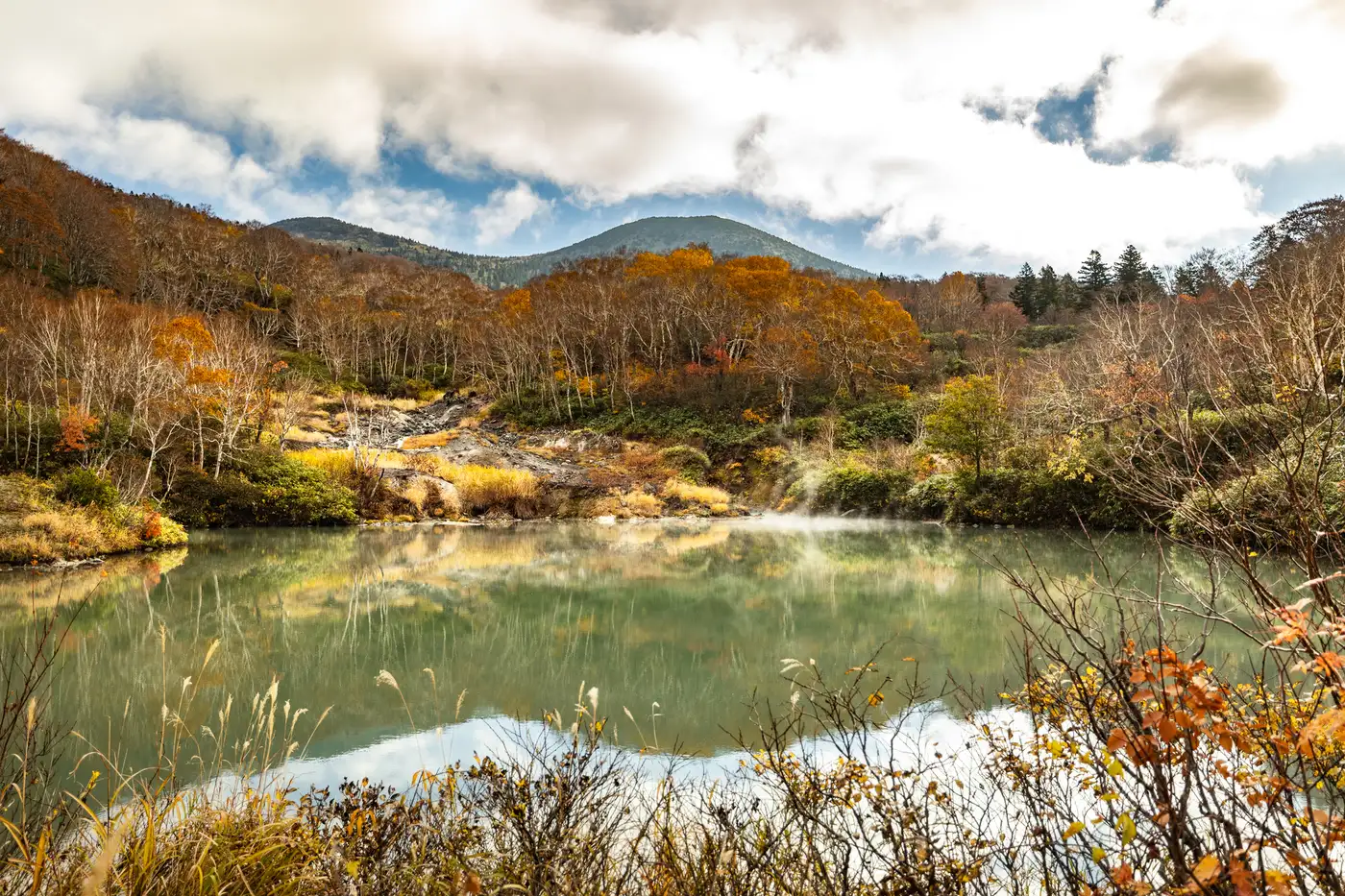
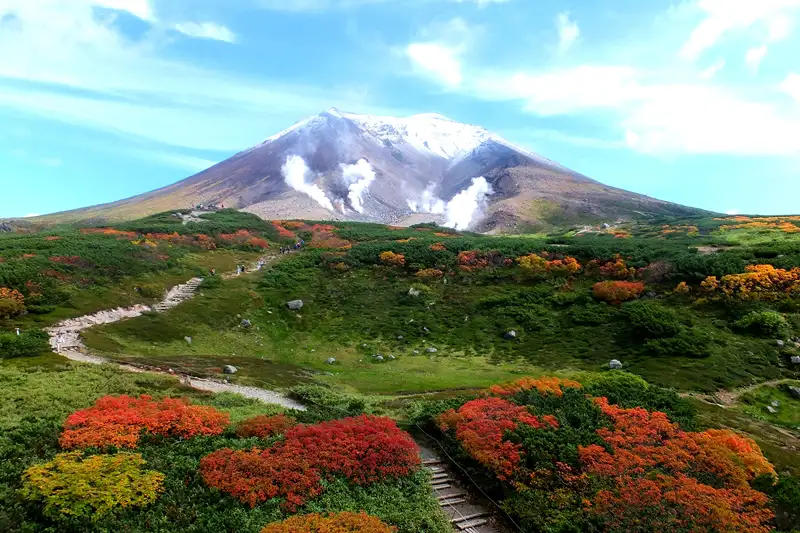
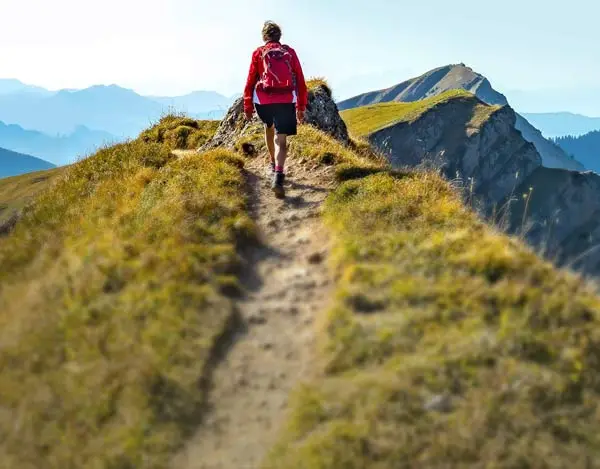
Book This Tour
- Final payment: Due 90 days prior to departure.
- Deposit: A non-refundable $500 CAD Deposit is required at booking.
- Optional Single Supplement: $1300 CAD (number of singles limited).
(View options forsingle travellers) - Transfering Tour or Date: Transferring to another tour or tour date is only permissible outside of 120 days prior to departure and is subject to a $100 CAD change fee.
(Read our cancellation policy)
Prices below are per person, twin-sharing costs in Canadian Dollars (CAD). Pricing does not include airfare to/from the tour and any applicable taxes.
Tourcode: JP6
Frequently Asked Questions
- What is the maximum number of participants on a trip?Most of our tours carry a maximum of 18 participants; some tours (ie hiking tours) top out at 16. In the event that we do not achieve our minimum complement by our 90-day deadline, we may offer group members the option of paying a "small-group surcharge" as an alternative to cancellation. If all group members agree, we will confirm the trip at existing numbers; this surcharge is refundable in the event that we ultimately achieve our regular minimum. If the small group surcharge is not accepted, we will offer a refund of your deposit or a different trip of your choice.
- Can I extend my tour either at the beginning or end? What about stopovers?Yes, you can extend your tour either at the beginning or the end and we can book accommodation in our tour hotel. Stopovers are often permitted, depending on air routing. Stopovers usually carry a "stopover" fee levied by the airline.
- How do I make a reservation? How and when do I pay?The easiest way to make a reservation is via our website; during office hours, you are also more than welcome to contact us by telephone.
A non-refundable deposit is payable at the time of booking; if a reservation is made within 90 days, full payment is required. Some trips require a larger deposit. If international airline bookings require a non-refundable payment in order to secure space or the lowest available fare, we will require an increase in deposit equal to the cost of the ticket(s).
Early enrolment is always encouraged as group size is limited and some trips require greater preparation time.
Once we have received your deposit, we will confirm your space and send you a confirmation package containing your trip itinerary, any visa/travel permit related documents, invoice, clothing and equipment recommendations, general information on your destination(s), and forms for you to complete, sign and return to us. Your air e-tickets (if applicable), final hotel list, final trip itinerary, and instructions on how to join your tour, will be sent approximately 2-3 weeks prior to departure. - What about cancellations, refunds, and transfers?Please review our cancellation policy page for details.
- I am a single who prefers my own room. What is a single supplement?All of our tours have a single supplement for those who want to be guaranteed their own room at each location.
This supplement is a reflection of the fact that most hotels around the world do not discount the regular twin-share rate for a room by 50% for only one person occupying a room. Most hotels will give a break on the price, but usually in the range of 25-30% of the twin-share rate. This difference, multiplied by each night, amounts to the single supplement.
The conventional amount can also vary from country to country and some destinations are more expensive than others for single occupancy. In order to be "single friendly," the supplements we apply are not a profit centre for us and we do our best to keep them as reasonable as possible.
On most tours we limit the number of singles available, not to be punitive, but rather because many hotels allow for only a limited number of singles; some smaller hotels at remote locations also have a limited number of single rooms available.
Please note that most single rooms around the world are smaller than twin-share rooms and will likely have only one bed. - Do you have a shared accommodation program?Yes! If you are single traveller and are willing to share, we will do our best to pair you with a same-gender roommate. Please note that should we fail to pair you, we will absorb the single supplement fee and you will default to a single room at no extra charge.
